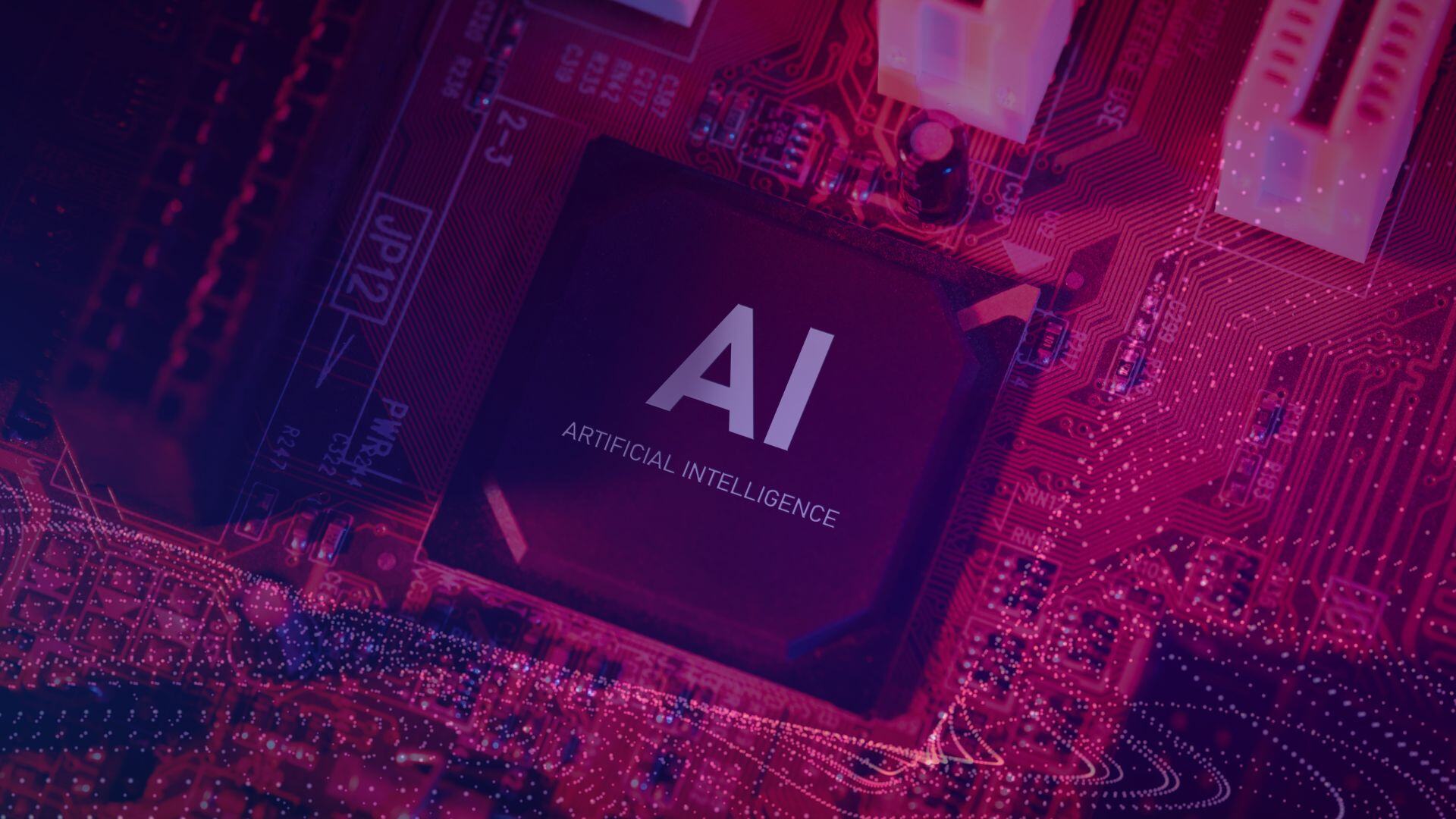In the rapidly evolving landscape of generative AI, the difference between leading and following often comes down to one thing: the ability to innovate. As McKinsey's recent article emphasizes, "capturing GenAI's enormous potential value is harder than expected."1 At Eliassen Group, we've lived this truth. Our journey began as "takers," adopting existing AI tools to enhance our operations. But we quickly realized that to unlock AI's potential, we needed to become "shapers," integrating AI capabilities with our proprietary data and processes. This is how we're rewiring our organization to turn AI potential into tangible value.
The Limitations of Being a Taker
Our initial foray into AI as "takers" was invaluable. It allowed us to quickly implement AI solutions, experiment with capabilities, and demonstrate value to our organization. We started with open-source tools and gradually moved to more robust platforms like Azure AI Studio and IBM’s Watsonx.
However, as we scaled our AI initiatives from four use cases to 30 "applets" used across every department, we began to encounter limitations:
- Lack of Customization: Off-the-shelf AI tools, while powerful, weren't tailored to our specific needs and processes.
- Data Integration Challenges: We struggled to fully leverage our proprietary data with generic AI models.
- Scalability Concerns: As usage grew, so did costs and complexity, making expanding AI capabilities across the organization challenging. Costs tended to scale linearly as we added more applets.
These challenges echoed McKinsey's observation that "launching pilots is (relatively) easy; getting pilots to scale and create meaningful value is hard."
The Decision to Become a Shaper
Recognizing these limitations, we made a strategic decision to evolve from "takers" to "shapers." This transition wasn't just about technology; it required a fundamental shift in our organizations approach to AI.
As McKinsey points out, "competitive advantage comes from building organizational and technological capabilities to broadly innovate, deploy, and improve solutions at scale." With this in mind, we embarked on a journey to integrate AI more deeply into our business processes and leverage our unique data assets.
Developing NucleusAI: Our Platform for Shaping
The cornerstone of our transition to "shapers" was the development of NucleusAI, our proprietary AI platform. NucleusAI was born out of our need for a more integrated, scalable, and customizable AI solution. Here's how it addresses the limitations we faced as "takers":
- Customization: NucleusAI allows us to create tailored AI applets specific to our unique needs and processes.
- Data Integration: The platform seamlessly integrates with our existing systems and proprietary data, allowing us to leverage our unique insights.
- Scalability: With a consumption-based pricing model and flexible architecture, NucleusAI is designed to grow with our needs.
NucleusAI is more than just a technological solution. It represents a shift in our organizational mindset.
Rewiring the Organization
Becoming a "shaper" required more than just developing a new platform. It necessitated a comprehensive rewiring of our organization. Here's how we've approached this transformation:
- Upskilling Our Workforce: We've invested heavily in training our team to work effectively with AI. As McKinsey suggests, "the most effective way to build capabilities at scale is through apprenticeship, training people to then train others, and building communities of practitioners."
- Cross-Functional Collaboration: To drive AI innovation, we’ve formed cross-functional teams with shared objectives. This approach ensures that AI solutions are developed with a holistic understanding of business needs.
- Ethical AI Framework: We've developed a robust ethical AI framework to ensure responsible AI use, addressing concerns around bias, privacy, and transparency.
The Impact of Becoming a Shaper
Our transition from "taker" to "shaper" has yielded significant benefits:
- Competitive Advantage: By integrating AI deeply into our processes, we've created unique solutions that set us apart in the market.
- Increased Efficiency: Our custom AI applets have dramatically improved efficiency across departments, saving thousands of staff hours per month.
- Cost Savings: Despite increased investment in AI capabilities, our consumption-based model and tailored solutions have resulted in significant cost savings compared to off-the-shelf alternatives.
- Innovation Culture: The process of becoming a "shaper" has fostered a culture of innovation throughout our organization, driving continuous improvement and new ideas.
Looking Ahead to the Future of Generative AI
As we continue our journey as AI shapers, we're excited about the possibilities ahead. We're exploring ways to further integrate AI into our decision-making processes, enhance our predictive capabilities, and develop even more sophisticated custom solutions for our clients.
The world of AI is moving fast, and the ability to shape AI to our specific needs gives us the agility to keep pace. As McKinsey rightly points out, "2024 [is] shaping up to be the year for GenAI to prove its value." At Eliassen Group, we're not just proving AI's value – we're actively shaping it to create our future.
References:
- Lamarre, Eric, Alex Singla, Alexander Sukharevsky, and Rodney Zemmel. “A Generative AI Reset: Rewiring to Turn Potential into Value in 2024.” McKinsey & Company, March 4, 2024. https://www.mckinsey.com/capabilities/mckinsey-digital/our-insights/a-generative-ai-reset-rewiring-to-turn-potential-into-value-in-2024.



